Featured: Kelly Johnson with his first project, the one that earned him his position as an aeronautical engineer. -Lockheed Martin
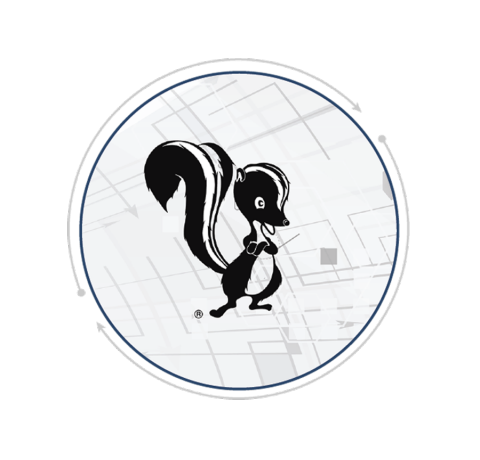
Clarence “Kelly” Johnson is a legend in the aerospace community as a prolific designer and team leader. Founder of the illustrious “Skunk Works,” Kelley worked at Lockheed from 1933 to 1975 and advised long after that. His first act as an entry-level employee for Lockheed was to tell them that his former professor was incorrect about the stability of an aircraft they had sent to his research division to test. Lockheed sent Kelly back to his university with a model of the airplane and was told to conduct wind tunnel tests until it was fixed. He succeeded quickly and was promptly promoted to be one of six aeronautical engineers at the renowned company at the age of 23.
He went on to play a key role in the designing of the P-38 Lightning (A hugely successful World War 2 interceptor/fighter-bomber), F-80 Shooting Star (the US’s first jet fighter in service and developed from the ground up in under 6 months), the F-104 Starfighter (the first production aircraft to reach Mach 2), the U-2 Dragonlady (originally designed in the 1950s and is still in service today), and the mythic SR-71 Blackbird (the highest flying and fastest airplane ever built). All of these legendary aircraft are largely credited to Johnson, although the “Skunk Works” team also played a major role.
Johnson’s leadership and development style was unsurpassed at the time and has arguably never been pulled off more effectively since. He was no-nonsense and to the point. He was good at his job and could make accurate predictions about aircraft performance, stresses, and pressures better than anyone employed at Lockheed at the time. He held a running bet that any of his engineers could disagree with him and they would get a quarter off his desk if they were right. He rarely lost that bet. He often banned visits from customers because he viewed them as distractions from the completion of the project. His engineers’ desks were within “a stone’s throw of the airplane” that they were working to build. Finished engineering drawings were never needed during prototyping and his engineers were encouraged to work off of sketches and design quickly, directly on the aircraft itself, iterating with little regard for formality. (Smithsonian Air & Space Magazine)
I admire the man for his expertise, ingenuity, innovation, and mission focus. He founded the most cutting-edge development team that had ever been known and still operates today in the recesses of Lockheed Martin creating things like the F-117, F-22, and F-35. His leadership style was abrasive at times, and yet viciously effective and respected. He was tolerant of mistakes so long as improvement came of it. He maintains a legacy in the world’s aerospace industry that is unlikely to ever be seen again. And above all he “didn’t like ugly” and it’s evident in his designs: ferocious performance and looking good doing it.
I highly encourage anyone interested in more than what I put here to read my primary source linked below.
Sources:
- Photos cited directly
- Head Skunk, Smithsonian Air & Space Magazine. https://www.smithsonianmag.com/air-space-magazine/head-skunk-5960121/

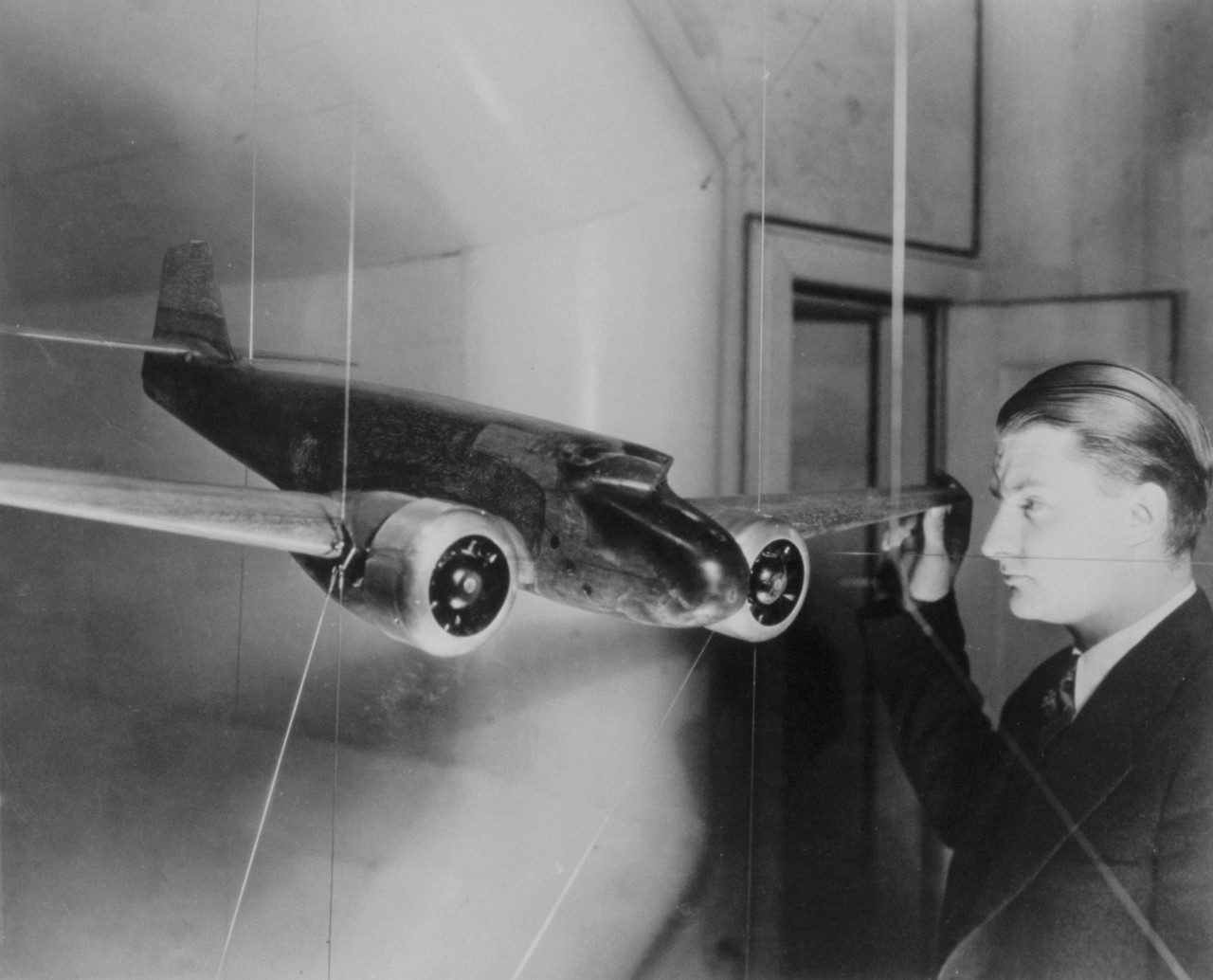
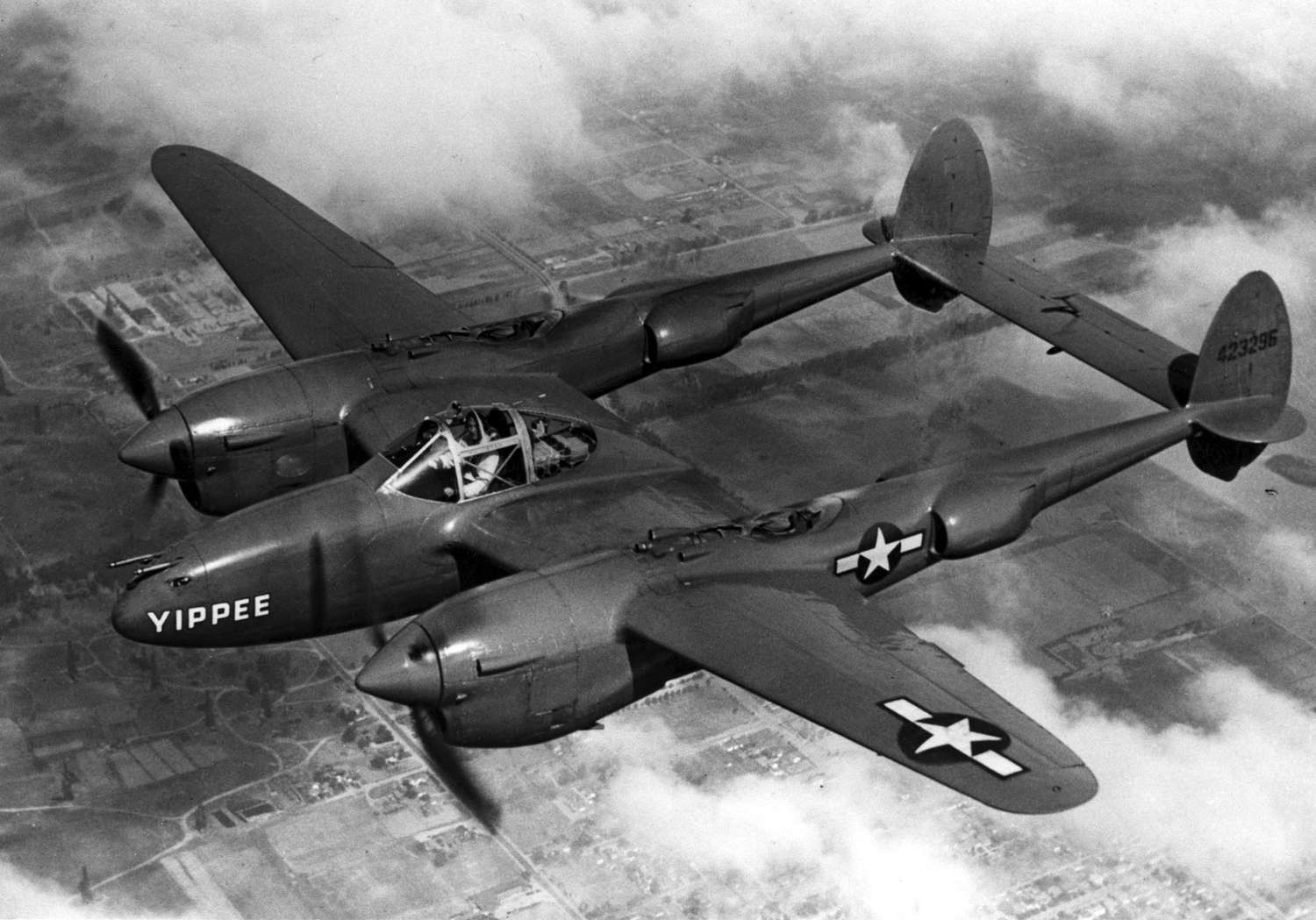
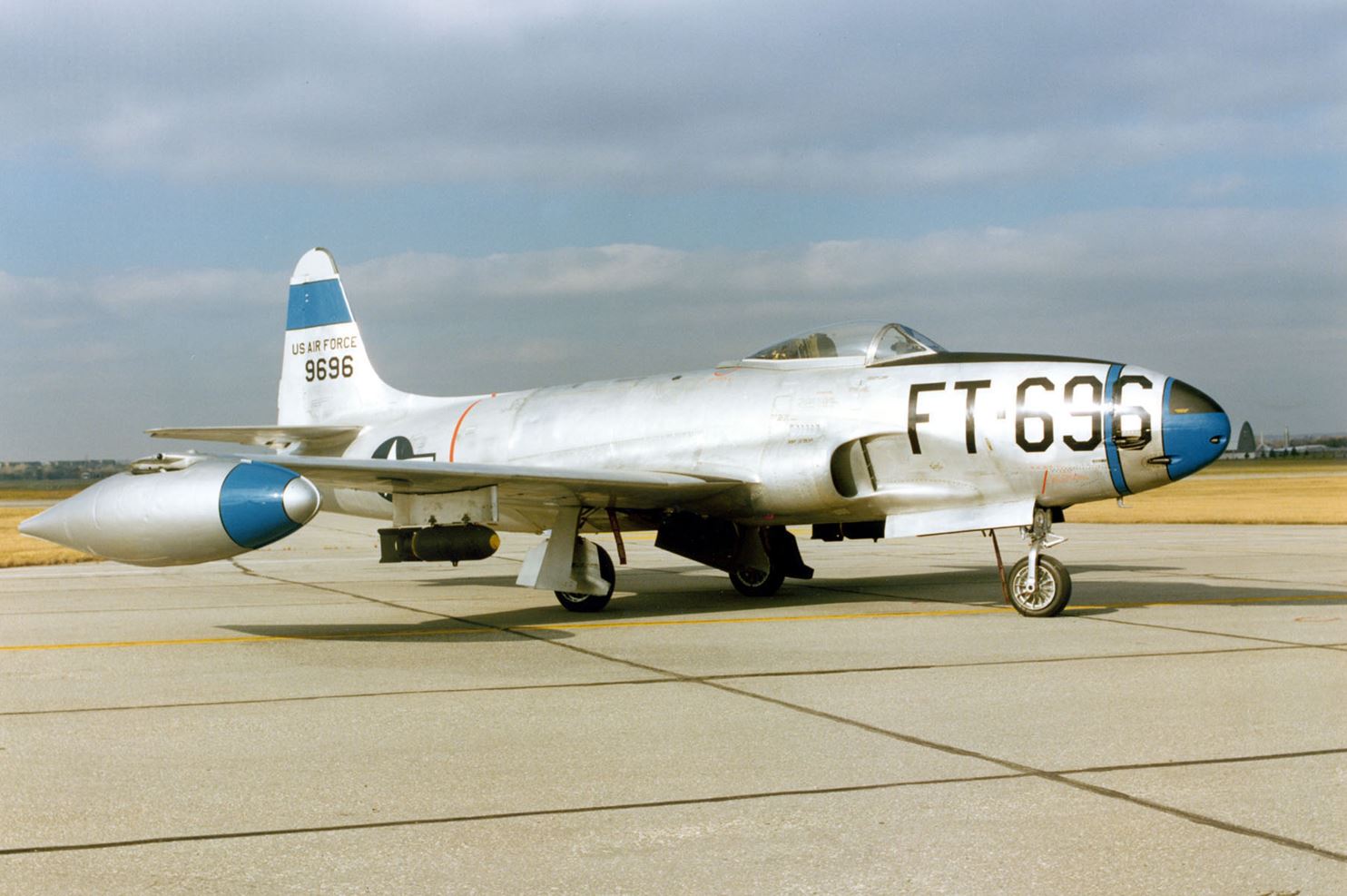
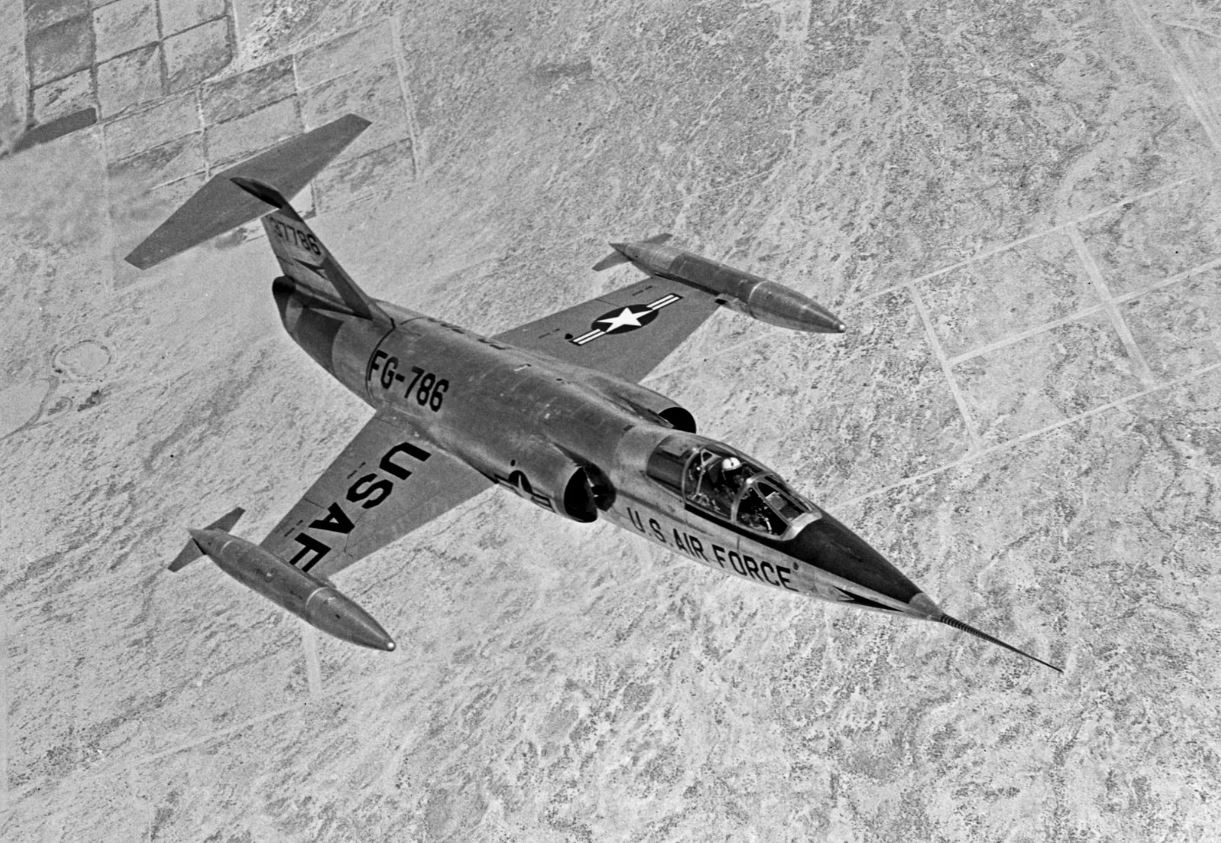
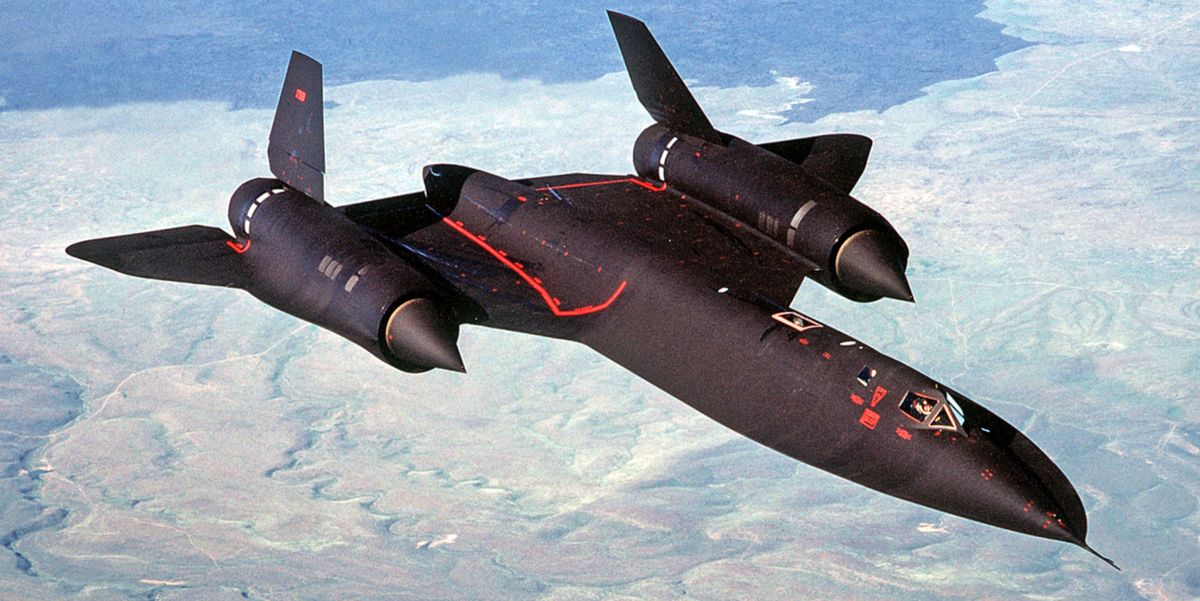
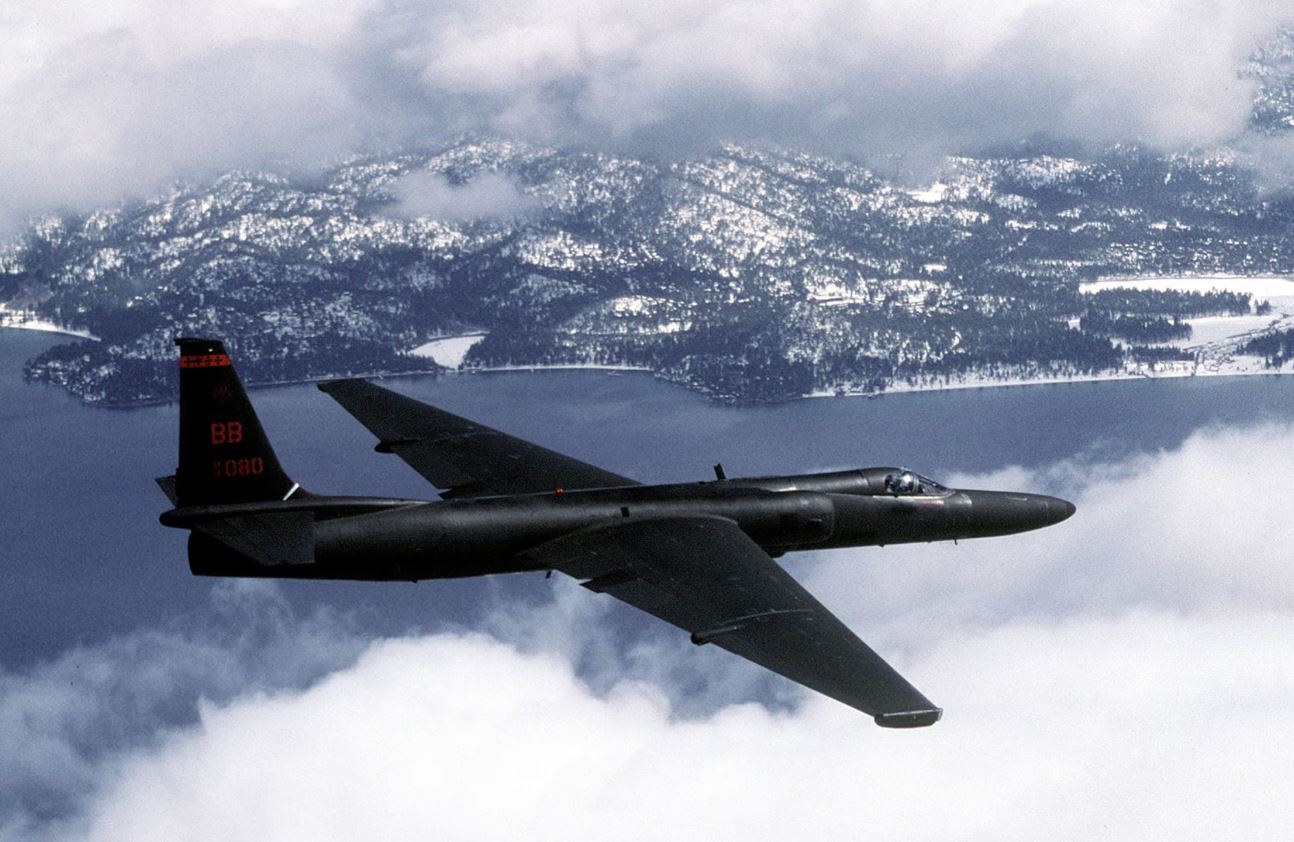
You must be logged in to post a comment.